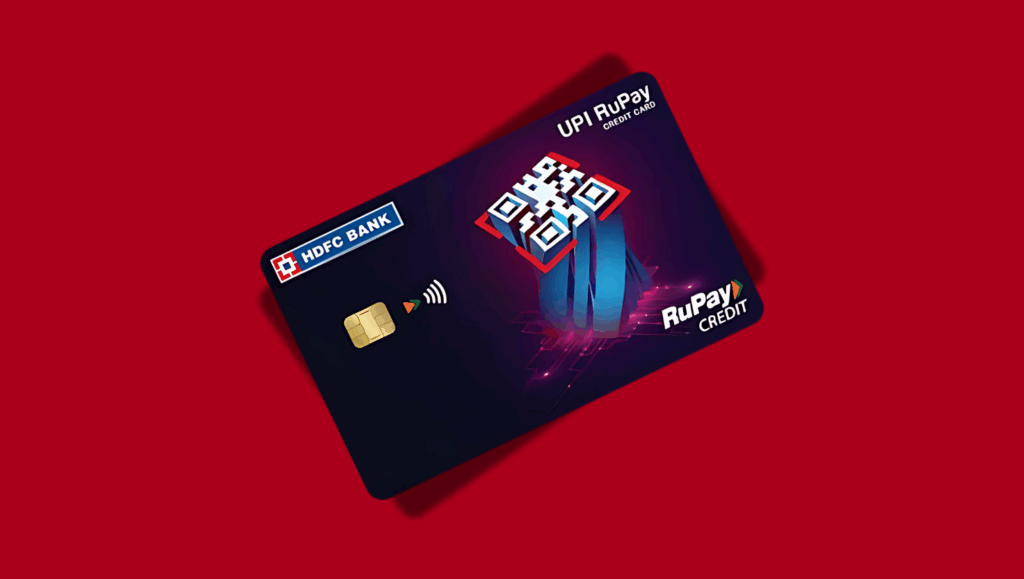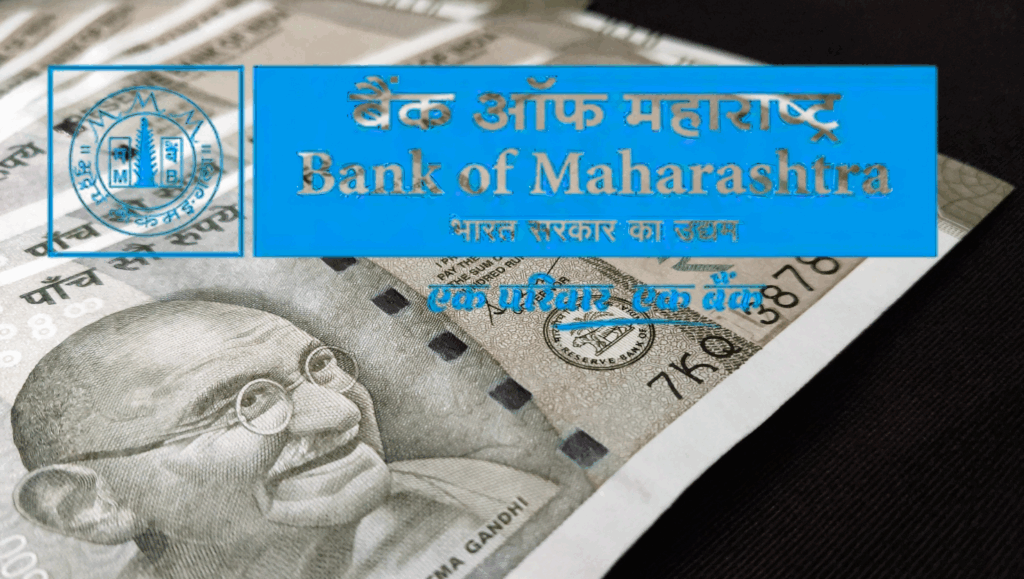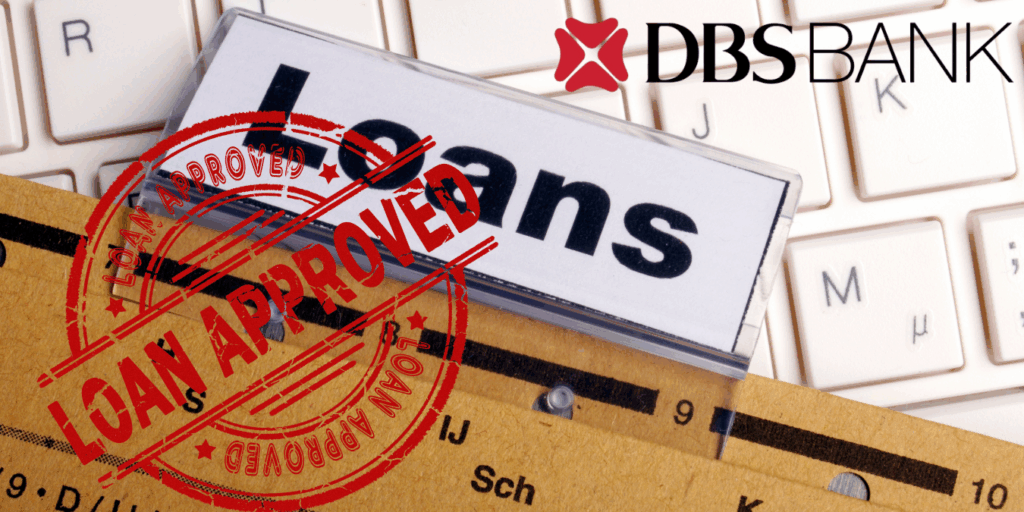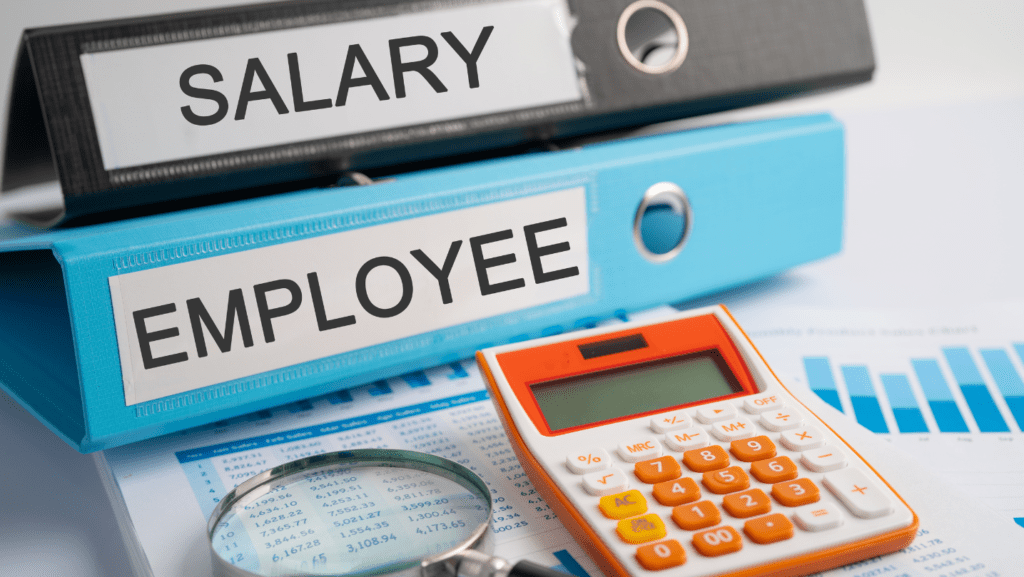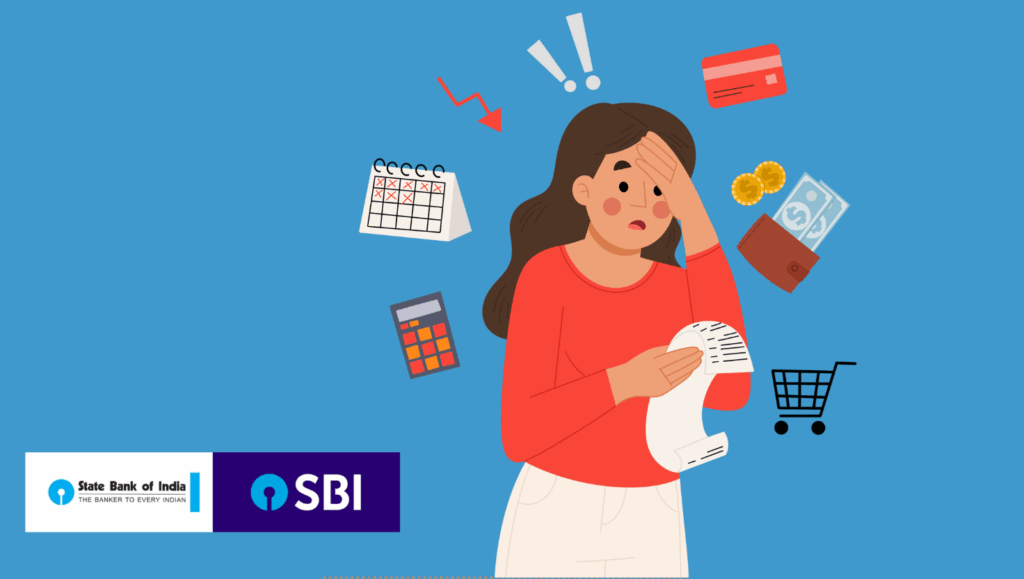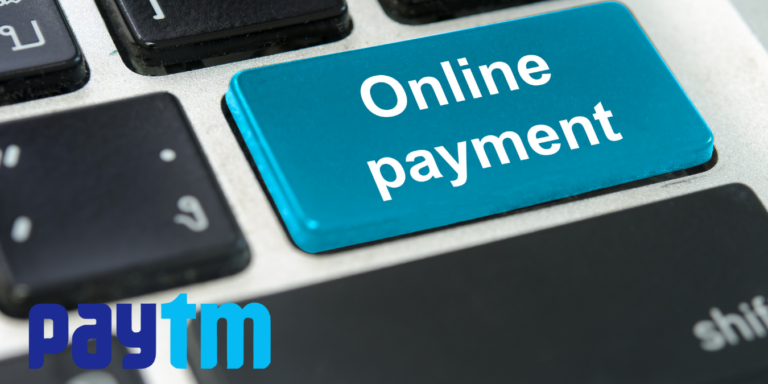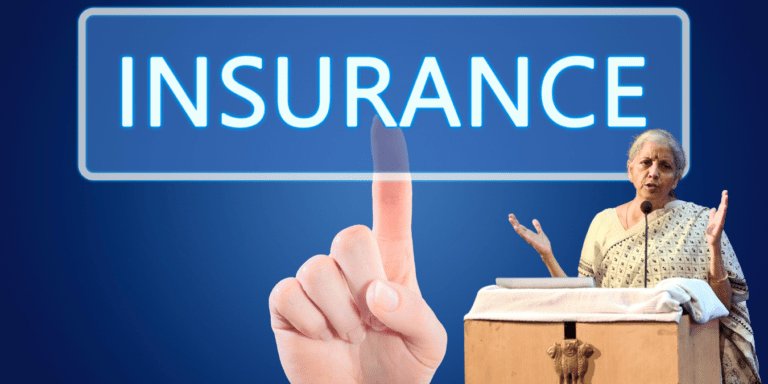
“Found an error in your credit report in India? Learn how to fix CIBIL, Experian, Equifax, or CRIF High Mark errors with our step-by-step guide. Improve your credit score, avoid loan rejections, and protect against identity theft. Get the latest RBI guidelines and tips for a flawless credit report today!”
Your credit report is one of the most important documents that lenders, banks, and financial institutions use to evaluate your creditworthiness. In India, with the rise of digital lending and financial awareness, maintaining a clean and accurate credit report has become more crucial than ever. However, errors in credit reports are not uncommon. According to a 2022 report by the Reserve Bank of India (RBI), nearly 23% of Indian consumers have found discrepancies in their credit reports. These errors can lead to loan rejections, higher interest rates, or even impact your ability to secure a rental agreement or job.
If you’ve discovered an error in your credit report, don’t worry. This comprehensive guide will walk you through the steps to rectify it, ensuring your credit health remains intact. We’ll also cover the latest data, tips to help you navigate the process seamlessly.
Why Is It Important to Fix Errors in Your Credit Report in India?
In India, credit reports are generated by Credit Information Companies (CICs) such as CIBIL (TransUnion CIBIL), Experian, Equifax, and CRIF High Mark. These reports are used by banks, NBFCs (Non-Banking Financial Companies), and other lenders to assess your creditworthiness. Errors in your credit report can:
- Lower your credit score: Even a minor error, such as an incorrect late payment entry, can significantly impact your credit score.
- Lead to loan rejections: Lenders may deny your loan or credit card application if they spot discrepancies in your report.
- Increase interest rates: A lower credit score due to errors can result in higher interest rates on loans and credit cards.
- Affect employment opportunities: Some employers in India check credit reports as part of their background verification process.
- Impact rental agreements: Landlords may reject your rental application if your credit report shows financial irregularities.
Given these consequences, it’s essential to identify and rectify errors in your credit report as soon as possible.
Common Errors in Credit Reports
Errors in credit reports can occur for various reasons, including clerical mistakes, identity theft, or outdated information. Here are some of the most common errors you might find in your credit report:
- Incorrect Personal Information:
- Misspelled names
- Incorrect addresses
- Wrong date of birth
- Incorrect phone numbers
- Accounts That Do Not Belong to You:
- Accounts opened by someone else using your identity (identity theft)
- Accounts mistakenly attributed to you due to similar names or Social Security numbers
- Incorrect Account Status:
- Accounts reported as delinquent or in collections when they are current
- Closed accounts reported as open
- Incorrect dates of last payment, date opened, or date closed
- Duplicate Accounts:
- Same account listed multiple times, which can negatively impact your credit score
- Incorrect Credit Limits or Loan Amounts:
- Incorrect credit limits on credit cards
- Incorrect loan amounts for mortgages or other loans
- Outdated Information:
- Old accounts that should have been removed after the reporting period (typically seven years for most negative information)
- Outdated balances or payment statuses
- Incorrect Payment History:
- Payments reported late that were actually made on time
- Incorrect number of missed payments
- Incorrect Public Records:
- Bankruptcies, tax liens, or judgments that do not belong to you
- Incorrect details about public records
Why These Errors Matter
These errors can significantly impact your credit score, leading to higher interest rates, denial of credit, or other financial difficulties. It’s crucial to regularly check your credit report and address any inaccuracies promptly to maintain a healthy credit profile.
If you find any of these errors in your credit report, follow the steps outlined in the guide to rectify them and ensure your credit history accurately reflects your financial behavior.
How to Obtain Your Credit Report in India
Obtaining your credit report in India is a straightforward process. Here are the steps to get your credit report from the four major credit bureaus: TransUnion CIBIL, Experian, Equifax, and CRIF High Mark.
1. TransUnion CIBIL
You are entitled to one free CIBIL score and report per year. Here’s how to get it:
- Visit the CIBIL Website: Go to the CIBIL website.
- Create an Account: If you don’t already have an account, you’ll need to create one using your email address and mobile number.
- Verify Your Identity: You will be asked to provide personal information such as your PAN card number and date of birth. An OTP will be sent to your registered mobile number for verification.
- Generate Your Report: Once your identity is verified, you can generate your free CIBIL score and report.
2. Experian
Experian also offers one free credit report per year. Follow these steps:
- Visit the Experian Website: Go to the Experian website.
- Sign Up or Log In: Create an account or log in if you already have one.
- Provide Personal Information: Enter your personal details, including your PAN card number and date of birth.
- Verify Your Identity: An OTP will be sent to your registered mobile number for verification.
- Access Your Report: Once verified, you can access your free credit report.
3. Equifax
To get your free credit report from Equifax, follow these steps:
- Visit the Equifax Website: Go to the Equifax website.
- Create an Account: Sign up using your email address and mobile number.
- Verify Your Identity: Provide your personal details and verify your identity using an OTP sent to your mobile number.
- Generate Your Report: Once verified, you can generate your free credit report.
4. CRIF High Mark
CRIF High Mark also provides one free credit report per year. Here’s how to obtain it:
- Visit the CRIF High Mark Website: Go to the CRIF High Mark website.
- Sign Up or Log In: Create an account or log in if you already have one.
- Provide Personal Information: Enter your personal details, including your PAN card number and date of birth.
- Verify Your Identity: An OTP will be sent to your registered mobile number for verification.
- Access Your Report: Once verified, you can access your free credit report.
By following these steps, you can easily obtain your credit report from any of the major credit bureaus in India and stay on top of your credit health.
Identifying Errors in Your Credit Report
Carefully reviewing your credit report is crucial to ensure its accuracy. Here are the steps to identify common errors in your credit report:
1. Review Personal Information
Check that your personal details are correct. Look for:
- Name: Ensure your name is spelled correctly.
- Address: Verify that your current and previous addresses are accurate.
- Date of Birth: Confirm that your date of birth is correct.
- Phone Numbers: Check that your phone numbers are up-to-date.
2. Examine Account Information
Go through each account listed in your credit report. Look for:
- Account Ownership: Ensure all accounts listed belong to you.
- Account Status: Verify the status of each account (e.g., open, closed, delinquent).
- Payment History: Check for any late payments that you believe were made on time.
- Credit Limits and Loan Amounts: Confirm that the credit limits and loan amounts are correct.
- Account Dates: Ensure the dates of account opening, closing, and last payment are accurate.
3. Look for Duplicate Accounts
Duplicate accounts can negatively impact your credit score. Make sure each account is listed only once.
4. Check for Outdated Information
Ensure that old accounts and negative information that should have been removed after the reporting period (typically seven years) are no longer on your report.
5. Verify Public Records
Public records such as bankruptcies, tax liens, and judgments should be accurate. Ensure that these records belong to you and that the details are correct.
6. Scrutinize Inquiries
Review the list of inquiries made into your credit report. Look for:
- Unauthorized Inquiries: Ensure that all inquiries were authorized by you.
- Frequency of Inquiries: Multiple inquiries in a short period can negatively impact your credit score.
Tips for Identifying Errors
- Take Your Time: Carefully review each section of your credit report. It might be helpful to take notes or highlight discrepancies.
- Compare with Your Records: Cross-check the information in your credit report with your own financial records, such as bank statements and payment receipts.
- Use a Checklist: Create a checklist of common errors to ensure you don’t miss anything during your review.
By thoroughly examining your credit report for these common errors, you can take the necessary steps to rectify any inaccuracies and maintain a healthy credit profile. If you find any errors, follow the steps outlined in the guide to dispute and correct them.
Step-by-Step Guide to Rectify Errors in Your Credit Report in India
Step 1: Obtain Your Credit Report
The first step is to get a copy of your credit report. In India, you can request your credit report from any of the four major CICs:
- CIBIL (TransUnion CIBIL)
- Experian
- Equifax
- CRIF High Mark
You are entitled to one free credit report per year from each CIC. To download your report:
- Visit the official website of the CIC.
- Fill in your details, including your PAN number, name, and date of birth.
- Verify your identity through an OTP sent to your registered mobile number.
- Download your credit report.
Step 2: Review Your Credit Report Thoroughly
Once you have your credit report, review it carefully. Look for:
- Personal Information: Check for errors in your name, address, PAN, and contact details.
- Account Information: Ensure all listed accounts belong to you and are reported accurately.
- Payment History: Verify that your payment statuses are correct.
- Credit Inquiries: Check for unauthorized credit inquiries.
Step 3: Identify and Document the Errors
If you find any errors, document them clearly. Make a list of:
- The type of error (e.g., incorrect personal information, fraudulent account).
- The account name and number (if applicable).
- The date the error occurred.
- Any supporting documents (e.g., payment receipts, bank statements).
Step 4: Raise a Dispute with the Credit Information Company (CIC)
To rectify the error, you need to raise a dispute with the CIC that generated the report. Here’s how:
- Visit the CIC’s Website: Go to the dispute resolution section of the CIC’s website (e.g., CIBIL, Experian, Equifax, or CRIF High Mark).
- Fill Out the Dispute Form: Provide your personal details, describe the error, and upload supporting documents.
- Submit the Dispute: Once submitted, the CIC will investigate the error with the concerned lender.
Step 5: Contact the Lender Directly
In addition to raising a dispute with the CIC, you should also contact the lender or bank that reported the incorrect information. Provide them with:
- A written explanation of the error.
- Copies of supporting documents.
- A request to update the information with the CIC.
Step 6: Follow Up on the Dispute
The CIC is required to resolve your dispute within 30 days under RBI guidelines. During this period:
- Check the status of your dispute regularly on the CIC’s website.
- Respond promptly if the CIC or lender requests additional information.
Step 7: Verify the Correction
Once the dispute is resolved, the CIC will send you an updated credit report. Review it to ensure the error has been corrected. If the error persists, you can escalate the issue to the RBI Banking Ombudsman.
Tips to Prevent Errors in Your Credit Report
- Check Your Credit Report Regularly: Make it a habit to review your credit report at least once a year.
- Monitor Your Accounts: Keep track of all your credit accounts and payments.
- Report Fraud Immediately: If you suspect identity theft or fraudulent accounts, report it to the lender and CIC immediately.
- Update Your Information: Inform your lenders and CICs of any changes in your personal information (e.g., address, phone number).
Latest Trends and Data on Credit Report Errors in India
- According to a survey by CRIF High Mark, 27% of Indian consumers have faced issues with their credit reports, with incorrect personal information being the most common error.
- The RBI’s Integrated Ombudsman Scheme 2021 has made it easier for consumers to resolve disputes related to credit reports and financial services.
- Digital platforms like RBI’s Credit Information System (CRIS) and CIBIL’s dispute resolution portal have streamlined the process of rectifying credit report errors.
Errors in your credit report can have far-reaching consequences, but with the right approach, they can be rectified. By following this step-by-step guide, you can ensure your credit report is accurate and reflects your true financial standing. Remember, a healthy credit score is key to unlocking better financial opportunities in India.
-
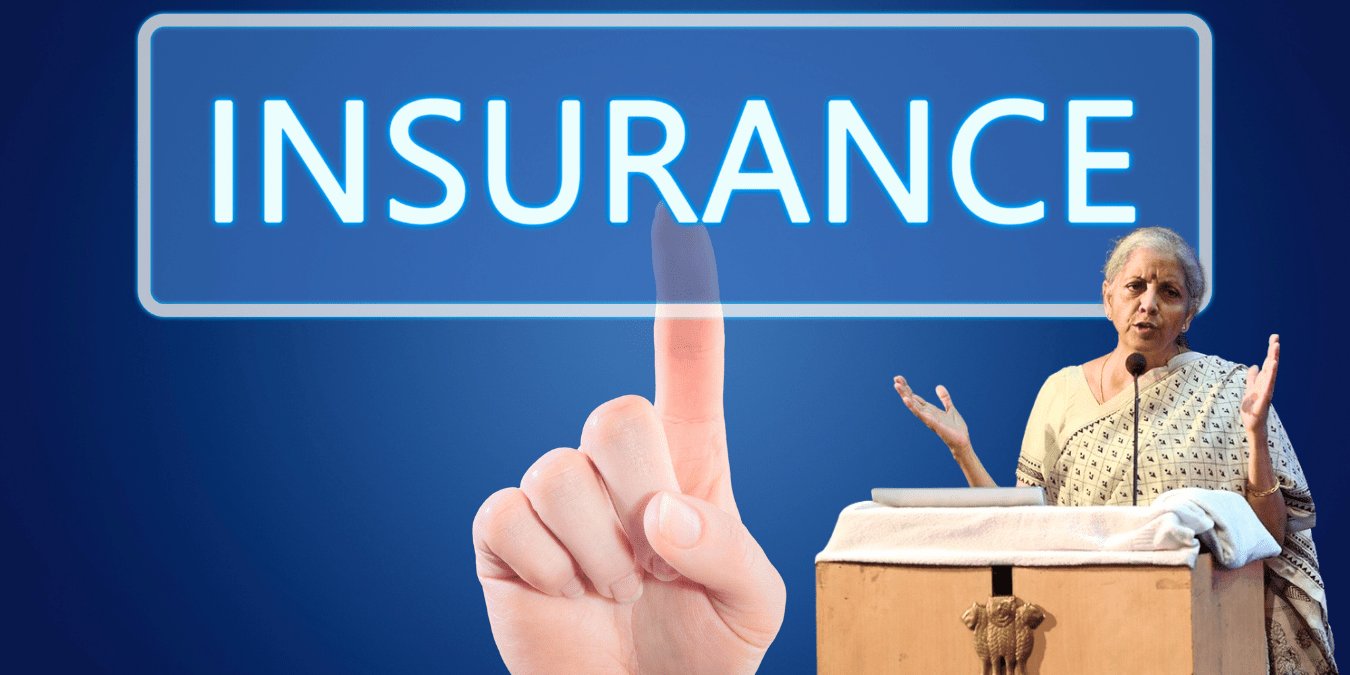
India’s 100% FDI Insurance Revolution: What If Foreign Insurers Take Over Your Life Savings Overnight?
-

Paytm’s New RBI Full PA License : Why New RBI Greenlight Means Instant Cash for 60M SMEs
-

IRCTC E-Wallet Exclusive: Fuel Your Train Journeys, Not Your Cash Needs
-

What If ₹20 Could Unlock ₹300 Monthly Wealth in Your Pocket – Without Switching Apps?
